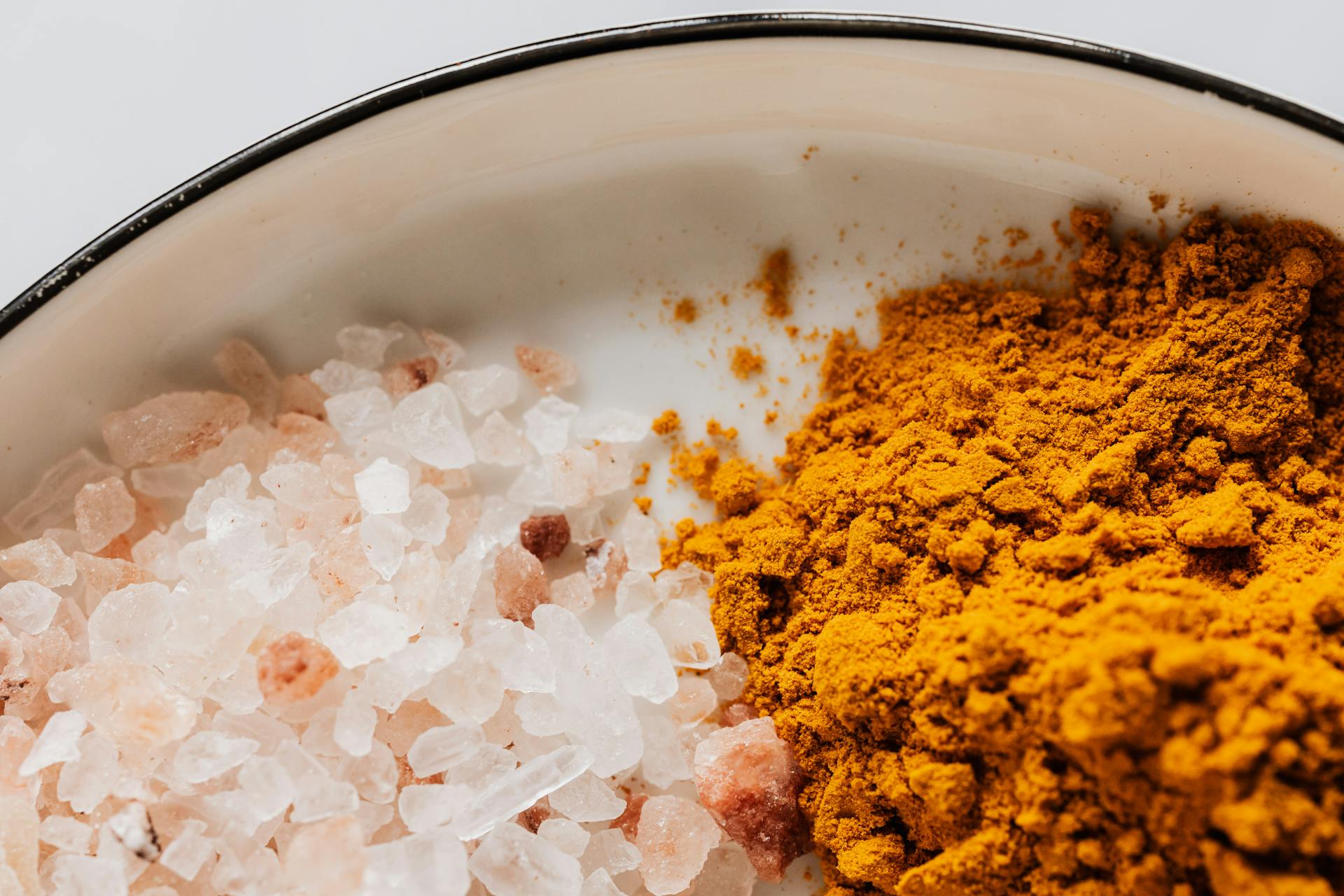
Introduction
Dry curing is an age-old technique used to preserve and enhance the flavor of meats through the power of salt and time. By drawing out moisture and allowing flavors to intensify, dry curing transforms raw meat into delicacies like prosciutto, salami, and pancetta.
What is Dry Curing?
Dry curing is a preservation method that uses salt to dehydrate meat. Salt extracts moisture, preventing bacterial growth, while time allows for enzymes to break down proteins and fats, producing rich, savory flavors.
The Role of Salt
Salt is the cornerstone of dry curing. It helps reduce water activity, making the environment inhospitable to harmful bacteria. Moreover, salt enhances the natural flavors of meat, creating the depth and complexity that cured meats are famous for.
How Time Affects Flavor
As the meat ages, enzymatic activity gradually tenderizes the meat, while the fat breaks down into flavorful compounds. This process can take weeks to months, depending on the type of meat and the desired intensity of flavor.
Benefits of Dry Curing
Beyond preservation, dry curing develops rich textures and complex flavors that can’t be replicated with other methods. The longer the cure, the more intense the flavor, making dry-cured meats a culinary luxury.
Conclusion
Dry curing is both a science and an art, relying on the interplay of salt, time, and patience. The result is a beautifully preserved meat with a deep, concentrated flavor, perfect for charcuterie boards and gourmet dishes alike.




